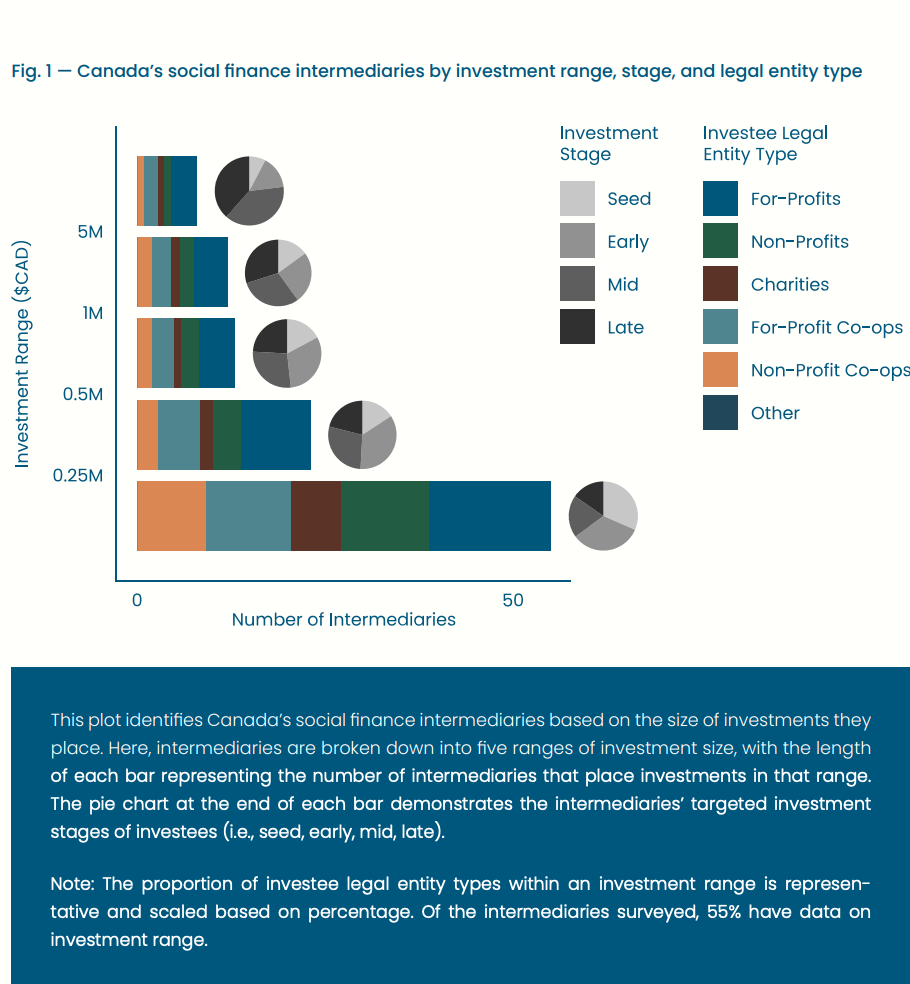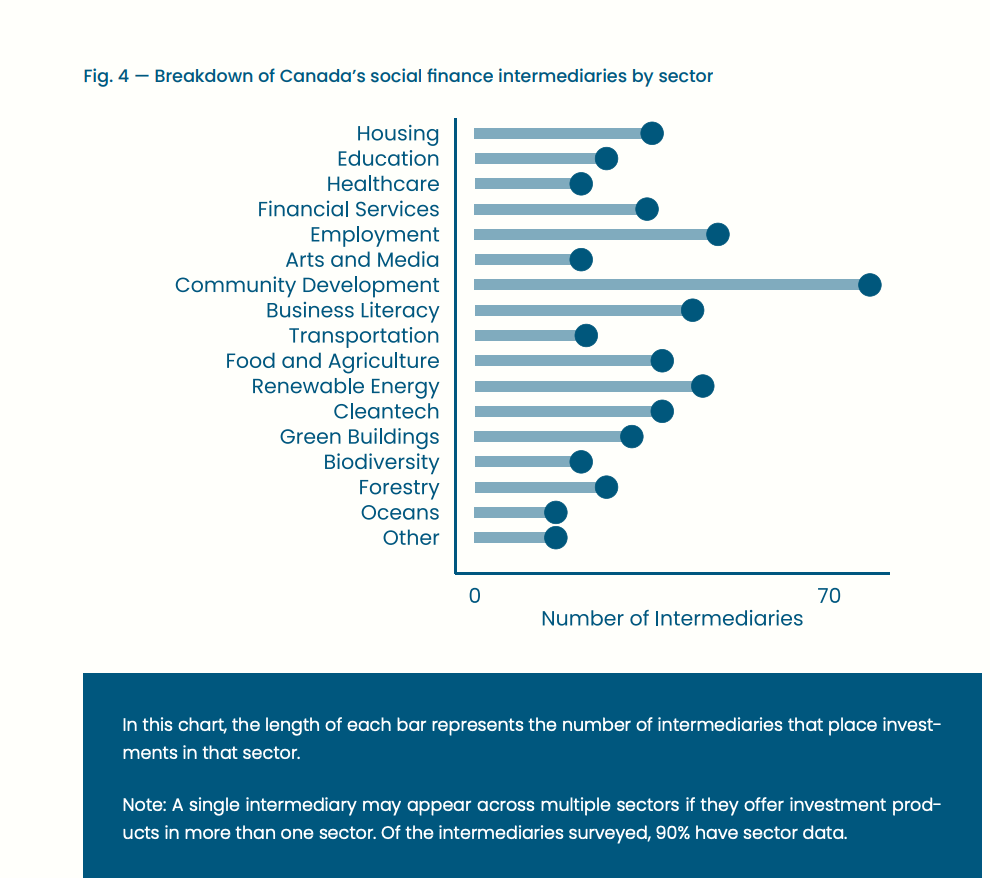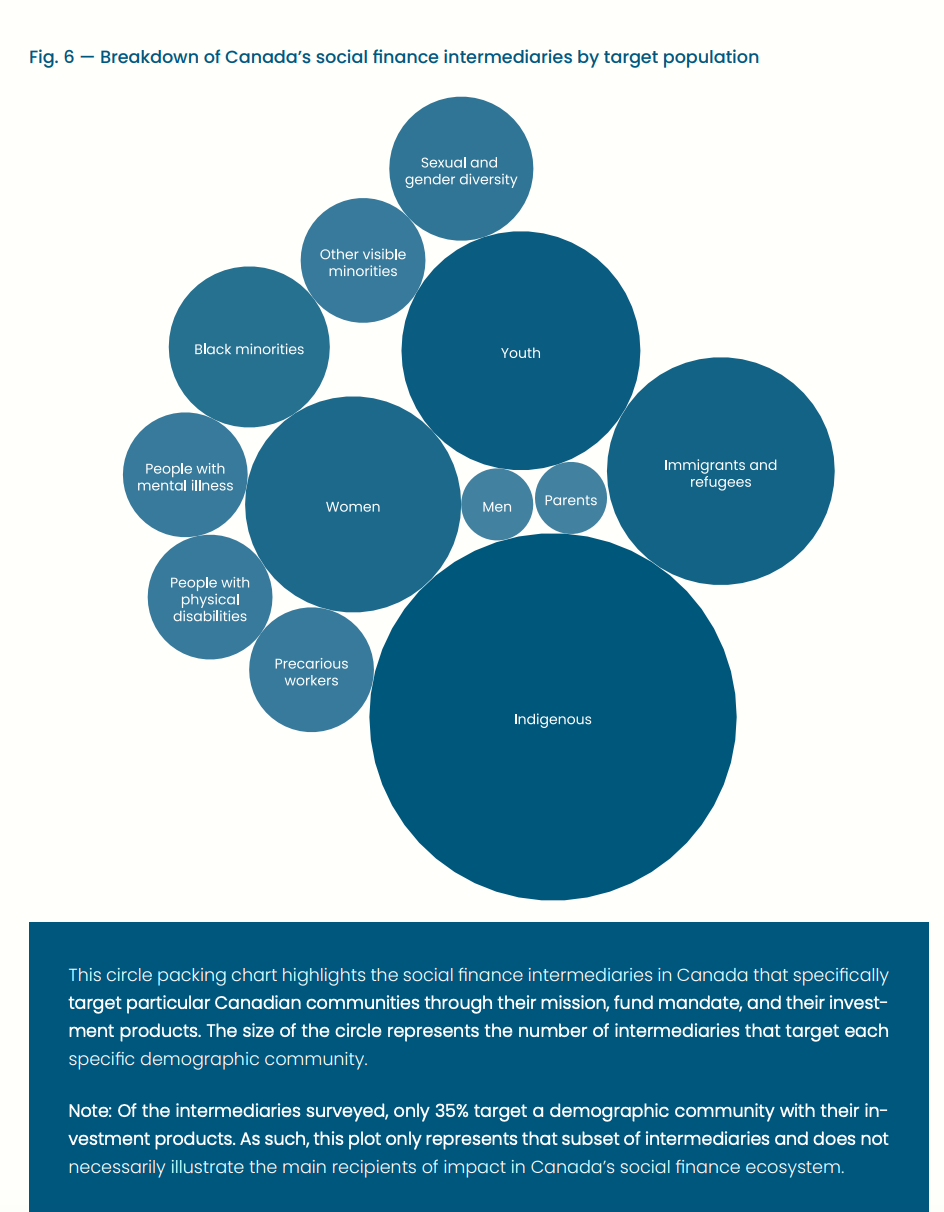Budget 2025: Five asks to supercharge Canada’s social finance sector
Why It Matters
The current Liberal government has pledged to accelerate the delivery of nation-building initiatives and build Canada’s resilience. However, the affordability crisis has been slowing the economy and affecting communities, while a large portion of retail investors’ money is invested abroad. The social finance sector wants to persuade the federal government that it is part of the solution and that its model aligns with Canada’s challenges.

Before the Nov. 4 federal government’s budget release, Canadians were invited to submit proposals and recommendations, including those related to Canada’s growing social finance sector, to enhance its scale and impact.
Below, we have highlighted five things they’re hoping to see.
ASK 1: To leverage the playing field
First: Create an impact guarantee loan program
Canada already offers loan guarantee programs, such as the Canada Small Business Financing Program, which provides 80 per cent loan guarantees to banks and credit unions that offer debt financing to small businesses.
Small and medium-sized enterprises can also access the Canadian Agricultural Loans Act Program and the Canadian Indigenous Loan Guarantee Program.
However, there is no such mechanism for the social finance sector.
The sector would like to see a sector-led program, endorsed by the government, that fills the gap for social finance intermediaries, as other sectors have access to a loan guarantee program.
Collectively, community lending funds hold about $94 million in assets. Most manage under $25M in assets, often between $1M and $25M—which means they are unable to absorb early-stage loan losses.
Actions needed
- $100 million pooled guarantee pool;
- The government would participate $50 M as a guarantor with foundations and institutional investors;
- $5M in non-repayable capital for the Impact Guarantee first-loss fund from the government ( to grow with philanthropic money).
Social finance intermediaries would cover 50 per cent of the losses in their portfolio, and losses exceeding 50 per cent would be covered first by a first-loss reserve, then by an unfunded guarantee pool on a pro-rata basis up to a threshold.
Participating social finance intermediaries would pay an annual premium for participation, which would support operations and provide a yearly contribution to the first-loss reserve fund.
Guarantors (foundations, family offices, and private institutions) would provide unfunded guarantees in increments of $1 million to $5 million for terms ranging from five to 10 years.
For example, Ontario has a first-loss capital program, enabling the Verge Breakthrough Fund to attract more than $2.2 million from 20 local investors to help fund affordable housing, community real estate, and social enterprises.
Second: To scale up renewable energy cooperatives
Ensure social finance intermediaries have equitable access to federal clean energy investment tools, including tax credits, financing, and capacity-building supports.
Third: To scale up general cooperative investment
Ensure co-operative entrepreneurs, beyond those in agriculture and fisheries, can access the Small Business Deduction.

Ask 2: To move money
First: The government should streamline the inclusion of community capital vehicles (community bonds, co-op shares, other debt and equity securities) into RRSPs and TFSAs in accredited Community Finance Institutions.
Actions needed:
- Increase RRSP and TFSA contribution room;
- Allow investors to be able to claim whole or partial losses as a deduction on their tax bill;
- Amend the Income Tax Act to qualify debt and equity community capital securities;
- Simplify the Income Tax Act to lower the cost to fair market valuation for simple debt instruments. Enable debt-based securities to be calculated at face value;
- Expand eligibility beyond asset-backed securities and determine appropriate guardrails for unserved assets.
Second: The introduction of a federal tax credit for people investing in qualifying community capital offerings.
Most tax credits primarily benefit higher-income individuals and institutions. Refundable credits enable lower- and middle-income Canadians, as well as younger Canadians, to invest smaller amounts and still benefit.
Action needed:
- Create a pilot for a partially refundable 20 per cent non-refundable, 10 per cent refundable) federal investment tax credit for retail investors who have invested in securities issued under the provincial Cooperative Act and regulated impact-focused platforms.

Ask 3: To bring in fresh money
First: Establish a $250 million National Community Finance Fund to provide community-catalytic operating and investment capital to be administered through a non-profit, Crown Corporation or agency, perhaps called Community Finance Canada.
Actions needed:
- $50M over five years with matching contribution from provinces and philanthropic partners;
- $200M in capital for first-loss, guarantees or low-interest loans.
Second: Enact a Canada Community Reinvestment Act (CCRA).
The U.S. Community Reinvestment Act requires federally regulated financial institutions to demonstrate how they serve low—and moderate-income communities through credit, investment, and access to financial services.
Over the years, BMO in the U.S. has reinvested over $5 billion in communities, but not in Canada. The CCRA would correct this imbalance.
Third: Mandate local investment targets and improved local investment targets and disclosure standards for Crown Corporations and Canadian Pension Funds.
Actions needed:
- Expand the mandate of Crown Corporations (BDC, EDC, FCC, and CMHC) to support explicitly locally driven revenue-generating initiatives;
- Establish a pilot dedicated to community finance portfolios or co-investment funds within Crown Corporations;
- Prioritize outcomes such as job creation, Indigenous reconciliation, and community impact in investment criteria.
Fourth: Ensure charities can pool funds to grant to non-qualified donees.
As of 2023, charities may issue grants to non-qualified donees. However, they must not knowingly accept donations contingent on being directed to such recipients, as doing so could jeopardize their charitable status.”
This provision was created to prevent charities from being used as conduits for nefarious activities.
The philanthropic sector suggests “that gifts can be accepted by a charity for programs that support non-qualified donees, so long as the charity qualifies that ultimate authority on the use of resources rests with the charity.”
This adjustment would enable charities to pool funds and quickly allocate them for purposes such as disaster relief.
Actions needed:
- Make a technical amendment to the Income Tax Act.
Fifth: Structure impact investment opportunities with low but guaranteed returns for foundations.
There have already been successes with this, like BC’s Rental Protection Fund, which inspired the creation of the Canada Rental Protection Fund. Both funds secure investment opportunities to leverage different sources of capital, including philanthropic money.
Actions needed:
- Government underwriting investments for projects that meet both foundation and government economic and social impact goals.
ASK 4: To capitalize on the upcoming business transfer wave
First: The federal government should work to enable succession opportunities for Canadian business owners, entrepreneurs, social purpose organizations, and communities.
Actions needed:
- Change the Small Business Financing Program to mirror the American 7 (a) loan program and launch a “Buy a business” program through BDC that offers low-cost capital;
- Use loan-guarantees and co-investment to facilitate the acquisition of SMEs by employees, co-ops, communities and other alternative ownership structures;
- Establish a sovereign fund to invest in and acquire vulnerable or strategically essential businesses in key sectors. Independent and local news media should be a priority, given that sovereign and democratic control of the news media is one buffer against attacks on Canadian democracy and the capacity for democratic self-government;
- Guarantee a benchmark rate of return for pension funds to catalyze additional investment in them;
- Make the Employee Ownership Trust tax incentive permanent and review for effectiveness at an appropriate time.
Second: Canada to support business transition, succession conversions, and co-operative development service.
Actions needed:
- Establish a pilot Canadian Cooperative Capacity Building program with $30 million in federal funding over five years.

ASK 5: To import best practices
First: Support the capitalization of qualifying co-operatives and federations of co-operatives.
The inspiration behind this proposal is the Quebec Cooperative Investement Plan for members of co-operatives. The investment is 125 per cent tax-deductible at the provincial level and RRSP-eligible, for a 225 per cent provincial tax deduction.
Second: Immediately create a National Indigenous Outcomes Fund.
Again, there have already been successes here, like the Raven Indigenous Outcomes Fund. A National Indigenous Outcomes Fund could be modelled after their example.
Third: Audit and clarify eligibility for federally funded programs and initiatives.
Action needed:
- Review worldwide best practices for social economy enterprises, of which Quebec is a recognized leader.
